Introduction
Watermelon, known scientifically as Citrullus lanatus, is a beloved fruit enjoyed worldwide for its refreshing sweetness and high water content. Cultivated in various climates and conditions, watermelon thrives particularly well in controlled environments such as greenhouses, where farmers can manipulate factors like temperature, humidity, and light to optimize growth and yield. However, determining the ripeness of greenhouse-grown watermelon can be challenging due to the controlled setting and the potential for uniform appearance that may mask the true stage of maturity. This article delves into the various methods and indicators that greenhouse farmers and enthusiasts can use to accurately assess when their watermelons are ready for harvest.
Understanding Watermelon Growth Stages
Before diving into the specifics of ripeness determination, it’s crucial to understand the typical growth stages of a watermelon. From seedling emergence to harvest, watermelon growth can be broadly categorized into several phases:
- Germination: This is the initial stage where the seed sprouts and emerges as a seedling.
- Vegetative Growth: The plant focuses on developing its leaves, vines, and root system.
- Flowering and Pollination: Flowers appear, and pollination occurs, leading to fruit set.
- Fruit Development: The fruit grows in size, accumulates sugars, and undergoes changes in color and texture.
- Ripening: The fruit reaches its full size, sugar content peaks, and it becomes ready for harvest.
In a greenhouse, these stages can be accelerated or modified by environmental controls, making it essential to rely on multiple indicators rather than just time alone to determine ripeness.
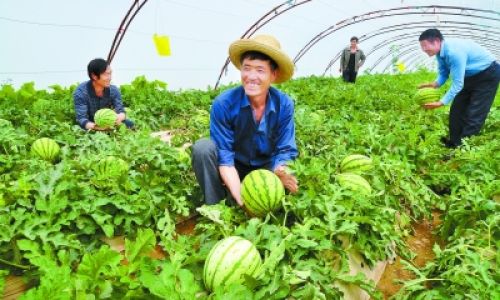
Visual Inspection
One of the most straightforward methods for assessing watermelon ripeness is through visual inspection. Here are some key visual cues:
- Color Change: Most watermelon varieties undergo a color transformation as they ripen. For instance, green-skinned varieties may develop a duller, more matte green hue with yellow or creamy spots. Striped varieties often show contrasting colors becoming more vivid.
- Ground Spot: The portion of the watermelon that touches the ground (the “ground spot”) typically turns from green to yellow or creamy white as the fruit ripens. This change indicates that the fruit has been on the vine for a sufficient period, allowing sugars to accumulate.
- Tendril Drying: The tendrils (small vines) near the fruit often dry out and turn brown when the watermelon is ripe. This is a reliable sign, especially in greenhouse conditions where other environmental cues might be less pronounced.
Tactile Examination
Touch and feel play a significant role in evaluating watermelon ripeness. Here’s how you can use tactile cues:
- Firmness: A ripe watermelon should feel firm but not overly hard. Gently pressing the surface should not yield to pressure but should also not feel solid like a rock. Overripe watermelons often feel softer, especially near the stem end.
- Sound: Thumping or tapping the watermelon can provide auditory clues. A ripe watermelon usually produces a deep, hollow sound, whereas an unripe one may sound dull or metallic. However, this method can be subjective and may not always be reliable, especially in greenhouse-grown varieties where the sound might be muffled by the growing medium or structure.
Vine and Stem Condition
Examining the vine and stem can also offer valuable insights into the ripeness of the watermelon:
- Vine Health: A healthy, green vine indicates that the plant is still actively nourishing the fruit. If the vine appears wilted or dried out, it could suggest that the fruit has been on the vine too long or that the plant is stressed.
- Stem Detachment: One traditional method is to gently twist or pull the stem. If it comes off easily with a dry, brown “scar,” the watermelon is likely ripe. However, this method should be used cautiously as it can damage the fruit if done prematurely.
Internal Analysis
For a definitive assessment, internal examination is necessary. This involves cutting into the watermelon, which is not ideal for commercial operations but can be useful for personal gardens or small-scale farming where a few samples suffice:
- Seed Color: The color of the seeds can indicate ripeness. Fully ripe watermelons will have dark, mature seeds surrounded by a thick, juicy pulp. White or pale seeds indicate that the fruit is not fully ripe.
- Flesh Condition: The flesh of a ripe watermelon should be juicy, firm, and sweet-tasting. Overripe watermelons may have soft, mushy spots or a watery texture.
- Sugar Content: While not a direct visual or tactile cue, measuring sugar content using a refractometer can provide an objective measure of ripeness. Ripe watermelons typically have a high sugar content, often exceeding 10-12 degrees Brix.
Environmental and Cultivar Considerations
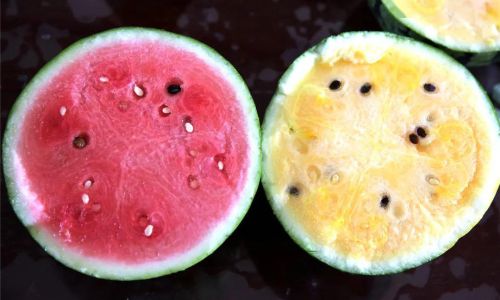
It’s important to note that the above indicators can vary based on the specific watermelon cultivar and the greenhouse conditions. Different varieties may have unique ripening characteristics, such as color patterns, size, and sugar accumulation rates. Additionally, greenhouse environments can affect the ripening process. For instance, higher temperatures can accelerate ripening, while lower light levels might delay it.
Harvest Timing
Once you have determined that the watermelon is ripe, the timing of harvest is crucial. Harvesting too early can result in underripe, less sweet fruit, while leaving it on the vine too long can lead to overripening and potential quality loss. Ideally, harvest should occur during the cool part of the day to minimize stress on the plant and preserve fruit quality.
Post-Harvest Handling
Proper post-harvest handling is equally important to maintain the quality of the watermelon. Once harvested, watermelons should be stored in a cool, well-ventilated area to prevent rapid sugar loss and spoilage. For long-term storage, refrigeration at around 5°C (41°F) is recommended, but this may slightly alter the texture and flavor.
Conclusion
Determining the ripeness of greenhouse-grown watermelon requires a combination of visual, tactile, and sometimes internal inspections. By understanding the typical growth stages, paying attention to color changes, firmness, vine health, and internal characteristics, greenhouse farmers can accurately assess when their watermelons are ready for harvest. Proper timing and post-harvest handling will ensure that consumers enjoy the sweet, juicy fruit at its peak of freshness and flavor. With careful monitoring and the application of these techniques, greenhouse watermelon production can yield high-quality, marketable fruits that meet consumer expectations.
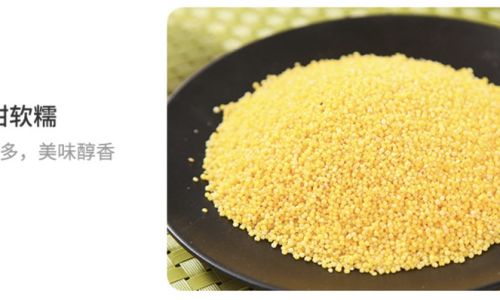
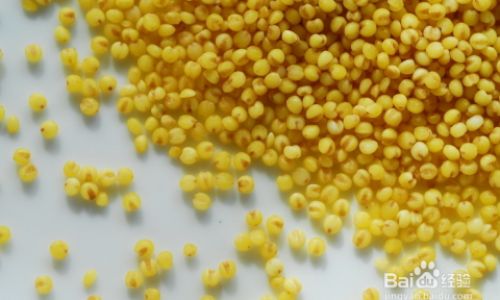
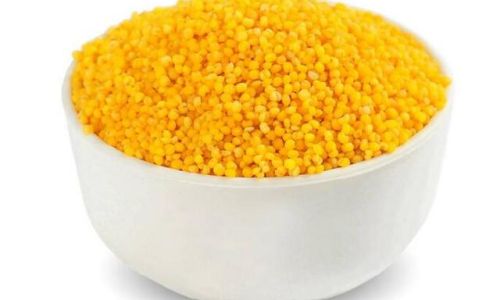

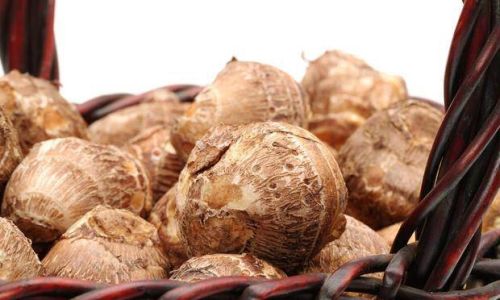

0 comments